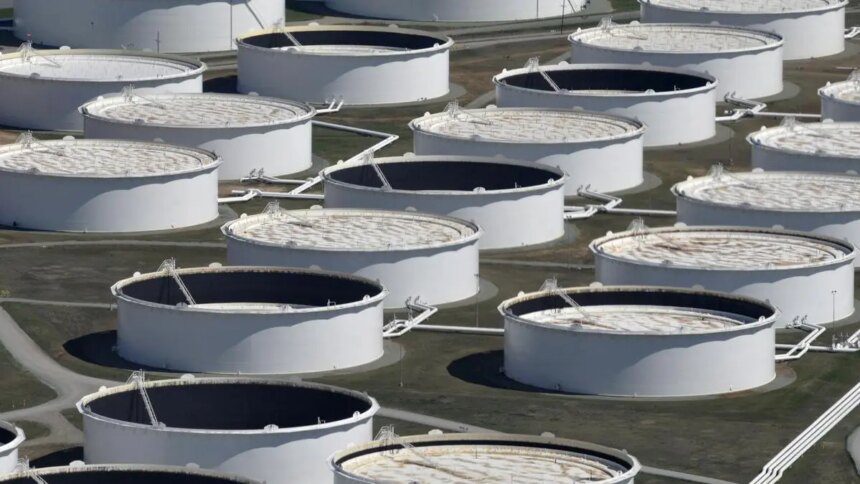Indian officials have conveyed to the U.S. government the necessity of allowing crude oil imports from Iran and Venezuela if Indian refiners are compelled to reduce their purchases of Russian oil. This request was reiterated by a delegation visiting the U.S. this week during discussions with American officials, according to a source familiar with the negotiations who wished to remain anonymous due to the private nature of the talks. They highlighted that simultaneously cutting off crude supplies from Russia, Iran, and Venezuela—significant oil producers—could drive global prices higher.
The Indian representatives traveled to Washington following the U.S. imposition of steep tariffs punishing the country for its ongoing oil trade with Russia. Despite these tariffs, India has continued sourcing crude from the OPEC+ member but at reduced levels. Indian Commerce Minister Piyush Goyal stated this week that India aims to enhance its American oil and gas imports, affirming that “our energy security goals will have a very high element of U.S. involvement,” during remarks made in New York.
Russia has been compelled to discount its crude prices following diminished trade relations due to the war in Ukraine, aiding India in managing its import bill. Nearly 90% of India’s oil requirements are satisfied through imports, and discounted Russian barrels have eased this financial burden. Like Russian oil, Iranian and Venezuelan crude would also be available at lower prices.
India ceased purchasing Iranian oil in 2019, and Reliance Industries Ltd., the nation’s largest private refiner, stopped its Venezuelan crude purchases this year due to tightened U.S. sanctions. While refiners could pivot to acquiring more barrels from the Middle East, this would likely elevate overall import costs.
In July, Indian oil refiners paid an average of $68.90 per barrel for Russian crude, contrasting with $77.50 from Saudi Arabia and $74.20 from the U.S., according to data from the Commerce Ministry. India currently stands as the largest buyer of Russian oil delivered by tanker, while China remains the largest overall importer, including pipeline deliveries.
Looking ahead, the oil market is expected to face a significant surplus next year, as the OPEC+ alliance and non-member producers increase output, likely exerting downward pressure on global crude prices.
Published on September 25, 2025.










